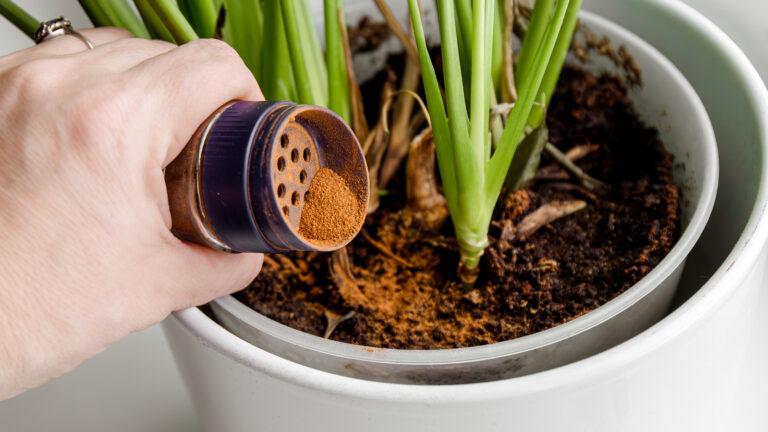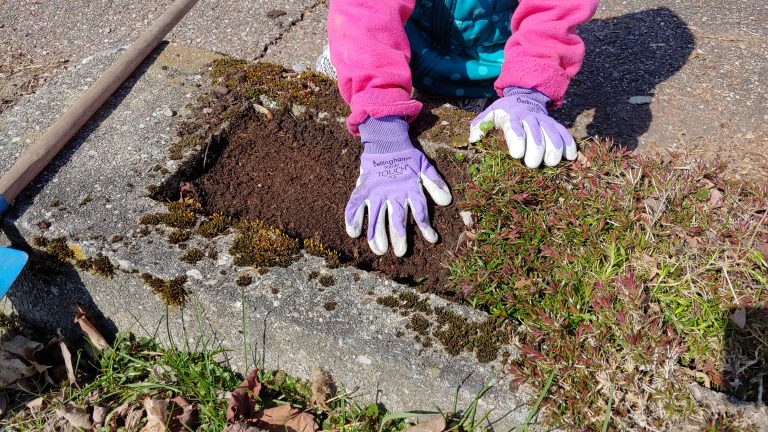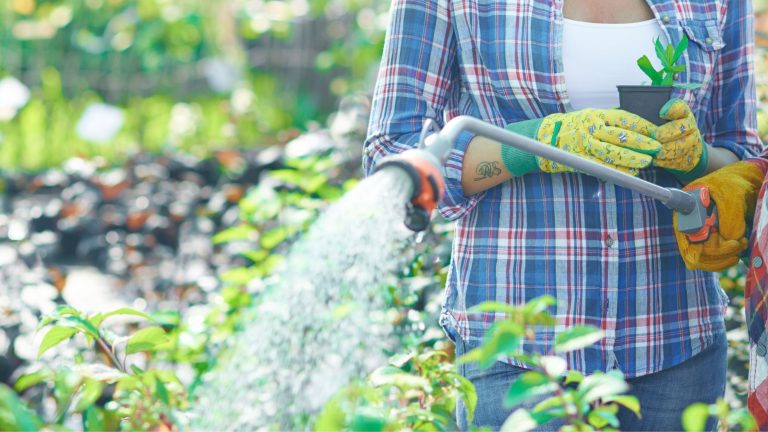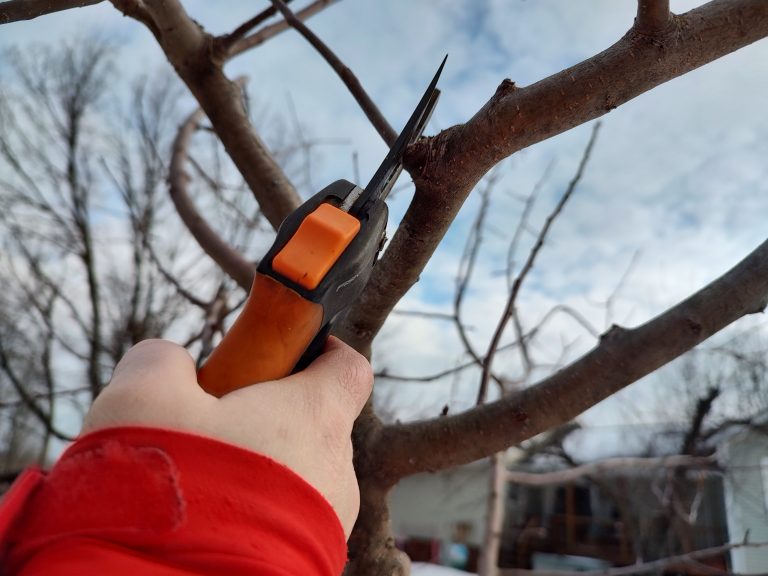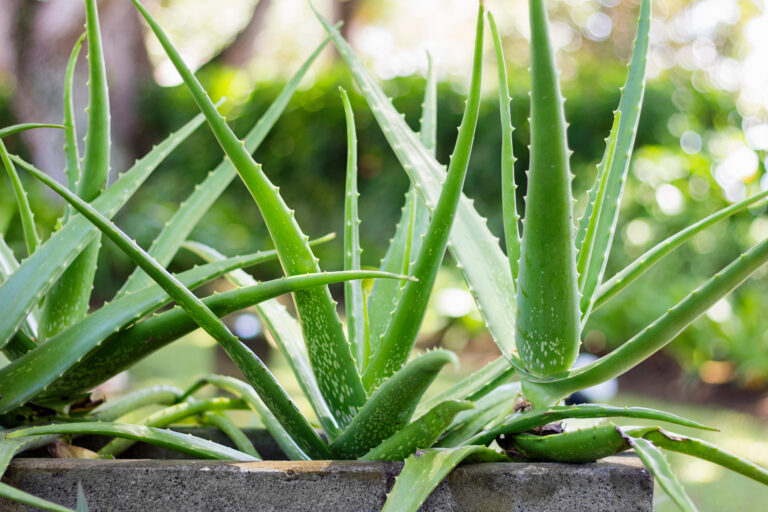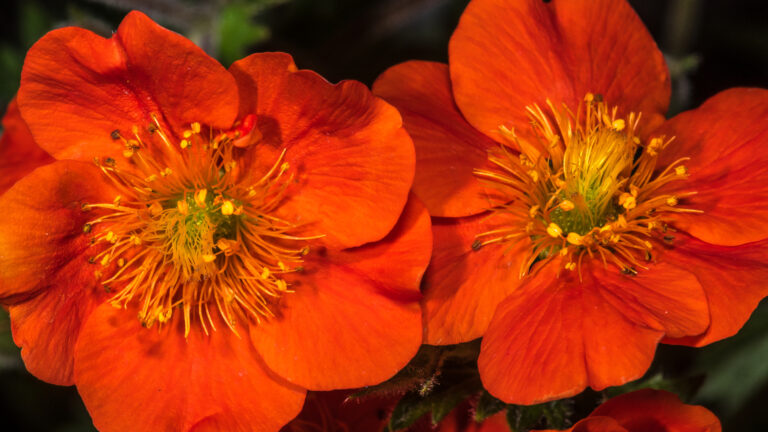This post may contain affiliate links.
If you are a big tea drinker, having an herbal tea garden may be a natural fit for your lifestyle. An herbal tea garden is a lovely blend of flavor, wellness, and gardening joy. Tea gardening is where every leaf and flower tells a unique story with its bold smell, taste, and flavor.
From the beautiful aroma of mint to the soothing warmth of chamomile, having an herbal tea garden is a great way to cultivate your own herb that blends the joys of gardening with the enjoyment of sipping on home-grown teas.
Here are the top 10 best herbs to grow in your herbal tea garden.
Top Herbs for Your Tea Garden
Mint

Mint is incredibly diverse, with spearmint and peppermint being the most popular for teas. Spearmint is milder and sweeter, while peppermint is more intense and cooling.
Mint thrives in moist, well-drained soil, preferring partial to full sunlight. It’s a hardy, fast-growing plant and can become invasive if not contained, making it ideal for container gardening.
Related post: How to Make Fresh Mint Tea
Chamomile

Chamomile enjoys full sun but can tolerate light shade. It prefers well-drained soil and is drought-tolerant once established. It’s generally easy to grow from seed and can self-seed prolifically.
Chamomile tea, with its gentle, apple-like flavor, is famous for its ability to induce calmness and improve sleep. It’s also gentle on the stomach, making it a great after-meal drink.
Pamper Yourself with this DIY Chamomile Bath Salts
Lemon Balm

Lemon balm requires well-drained soil that receives full to partial sun. It’s a hardy perennial but can be invasive, similar to mint, so container planting can be a good option.
Lemon balm has a subtle lemon flavor with a hint of mint, making it a refreshing addition to tea blends. It’s recognized for relieving stress and anxiety and can also help with sleep disorders like insomnia.
Lavender

Among the various types, English lavender (Lavandula angustifolia) is most commonly used for tea due to its sweet, floral aroma and flavor. Lavender’s fragrance is known for its relaxing and stress-relieving qualities.
Lavender tea can help reduce anxiety and stress and promote a peaceful night’s sleep. It’s also used for digestive issues and as a natural remedy for pain relief.
Rosemary

Rosemary prefers full sunlight and well-drained soil. It’s drought-resistant once established and thrives in warmer climates.
Rosemary tea has a distinctive, aromatic flavor with a woody, evergreen scent. Rosemary is believed to enhance memory and concentration. Its antioxidant properties also contribute to overall brain health.
Thyme

Common thyme and lemon thyme are great for teas. Lemon thyme adds a citrus twist to the traditional thyme flavor.
Thyme tea is known for its antiseptic properties, effectively treating sore throats and respiratory issues, including coughs and bronchitis.
Thyme requires full sun and well-drained soil. It is drought-tolerant and prefers not to be overwatered.
Sage

Sage thrives in full sun and well-draining soil. It’s a perennial herb that does well in both gardens and containers.
Sage tea has an earthy, slightly peppery taste. Sage is excellent for soothing sore throats and is known for its antibacterial and anti-inflammatory properties.
Basil

Sweet basil is commonly used for teas, but other varieties, like Thai basil or lemon basil, can add unique flavors.
Basil tea can be sweet and spicy, with a warm, clove-like essence, depending on the variety. Basil is rich in antioxidants and has anti-inflammatory and antibacterial properties, making it beneficial for overall health.
Lemongrass

Lemongrass prefers full sun and well-drained soil. In colder climates, it can be grown as an annual or in containers indoors.
Lemongrass adds a refreshing, lemony flavor to teas with a mild sweetness. It is often used to aid digestion, reduce stress, and as a detoxifying agent.
Echinacea

Echinacea is widely recognized for enhancing the immune system, especially beneficial during cold and flu seasons.
Echinacea prefers full sun and well-drained soil. It’s a hardy perennial and attracts pollinators like butterflies and bees to your garden.
Elderberries
Roses
Ginger
Dandelions
Harvesting Your Herbs
Harvesting herbs at the right time and in the right way is crucial to maximize their flavor and medicinal properties.
The best time to harvest most herbs is in the morning after the dew has evaporated but before the sun becomes too hot.
How to Harvest: Use sharp scissors or pruning shears for a clean cut. Harvest leaves and flowers gently to avoid bruising.
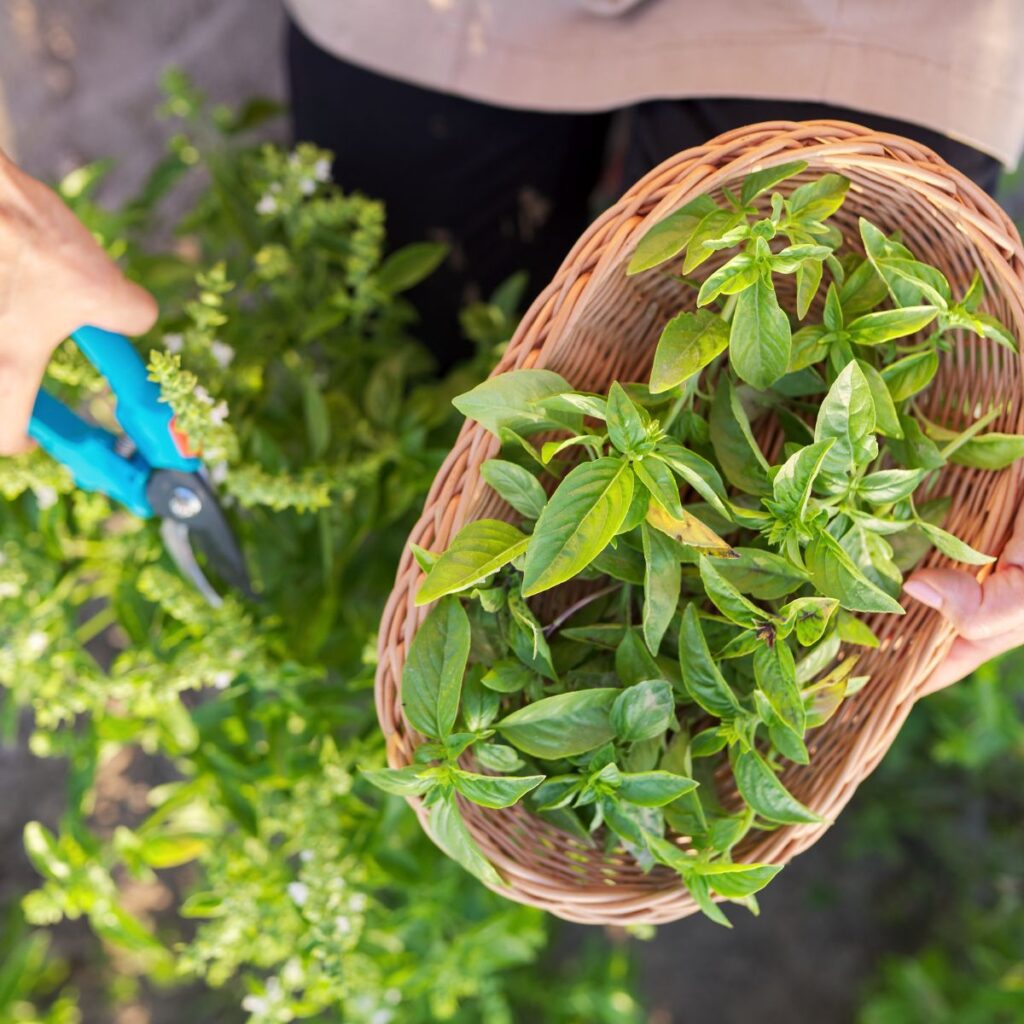
It is best to only harvest about one-third of the plant at a time. This practice allows the plant to recover and continue growing.
For herbs like mint and lemon balm, pick the leaves before they flower for the best flavor. For flowering herbs like chamomile and lavender, harvest the flowers when they are fully open.
Drying and Storing Herbs
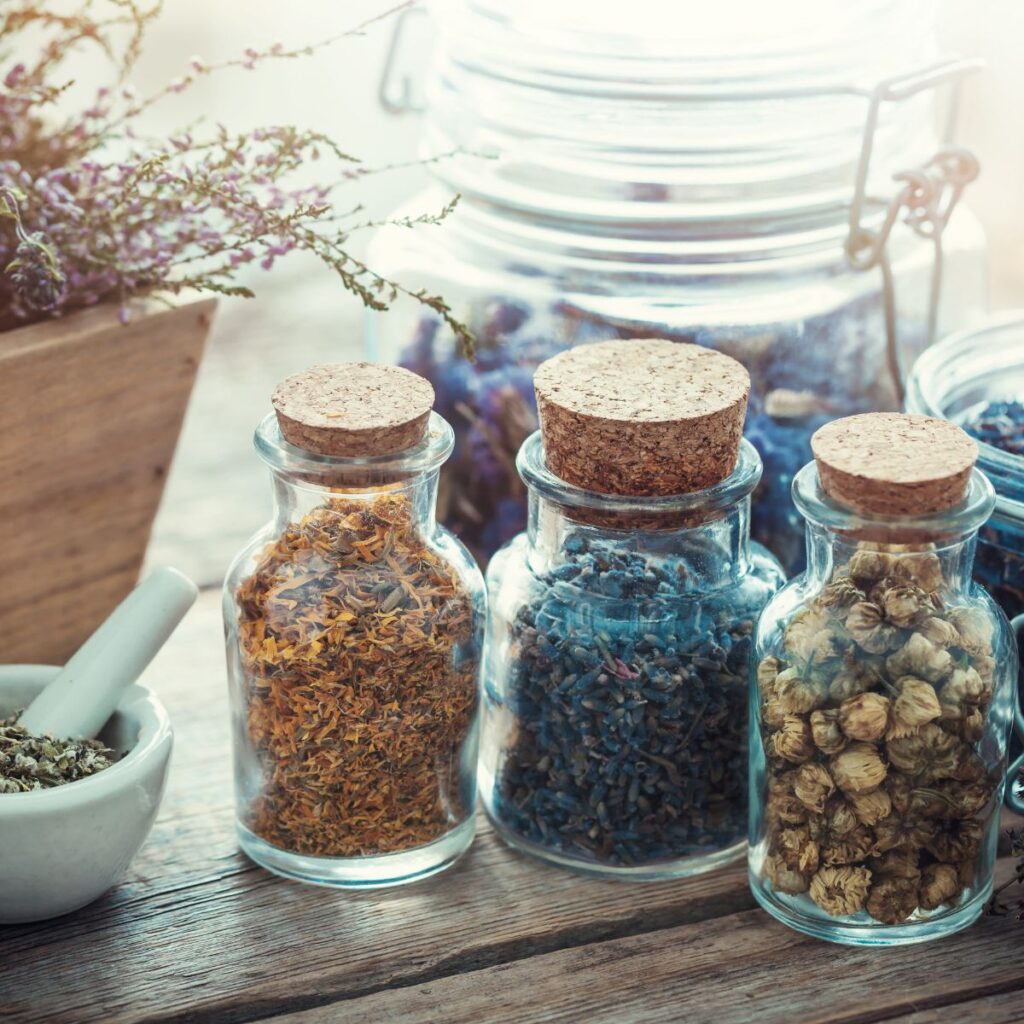
Proper drying and storage are essential to preserve the herbs’ flavors and medicinal qualities.
Drying Techniques:
Air Drying: Tie the herbs in small bunches and hang them upside down in a warm, dry, and well-ventilated area away from direct sunlight.
Oven Drying: Lay the herbs on a baking sheet and dry them in an oven set to the lowest temperature. Check frequently to prevent burning.
Dehydrator: If you have a dehydrator, follow the manufacturer’s instructions for drying herbs.
Storing Dried Herbs:
Once dried, crumble the herbs and store them in airtight containers.
Keep them in a cool, dark place to maintain their potency.
Properly dried and stored herbs can retain flavor and health benefits for up to a year.
Other posts you might like
- How to Dry Fresh Thyme – 5 Methods
- How to Propagate and Grow Rosemary from Cuttings
- How to Regrow Scallions in Water
- Beginner’s Guide to Growing Basil in Your Garden
- How to Grow and Harvest Mint
Tips for Starting and Maintaining Your Herbal Tea Garden
Here are some tips to help you manage and maintain your herbal tea garden.
Choosing the Right Location: Herbs thrive in locations with ample sunlight, as most require at least six hours of direct sunlight daily. However, some, like mint and lemon balm, can tolerate partial shade.
Garden Layout and Design: Decide whether you want an in-ground garden, raised beds, or container gardens. Raised beds can offer better control over soil quality and drainage, while containers are ideal for small spaces and patios. Consider the height and spread of each herb to avoid overcrowding and to ensure each plant receives adequate sunlight.
Preventative Care: Healthy, well-cared-for plants are less susceptible to pests and diseases. Ensure proper sunlight, watering, and soil conditions.
Companion Planting: Certain plants can repel pests naturally when planted near your herbs.
Regular Inspection: Check your plants regularly for signs of pests and damage and address any issues early.
Pruning: Regularly prune and remove any dead or diseased foliage.
